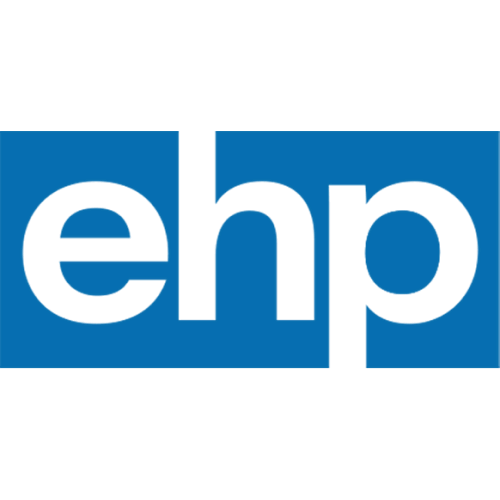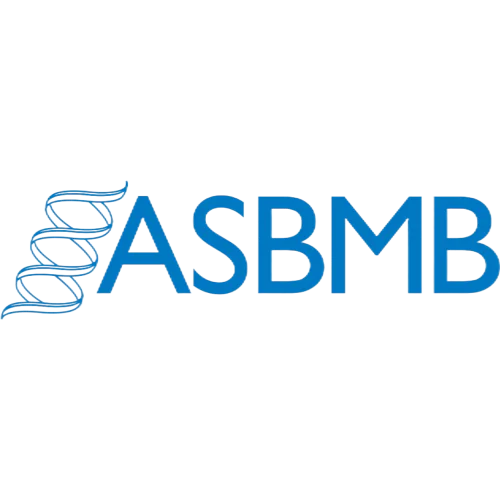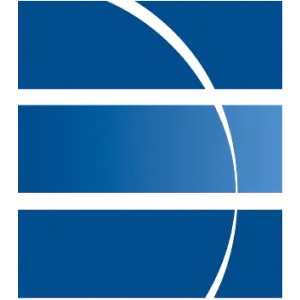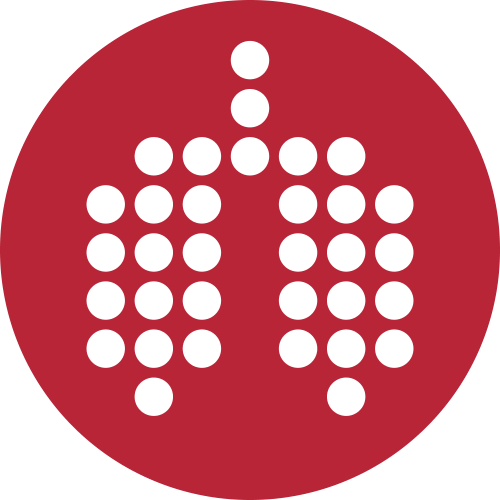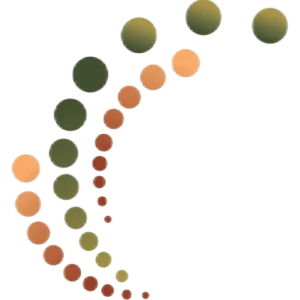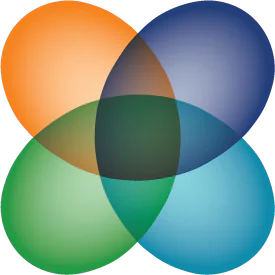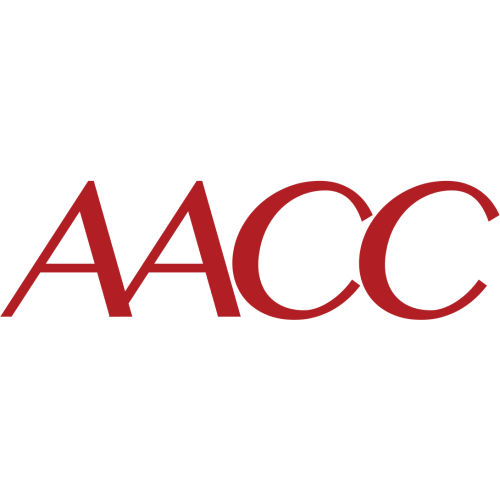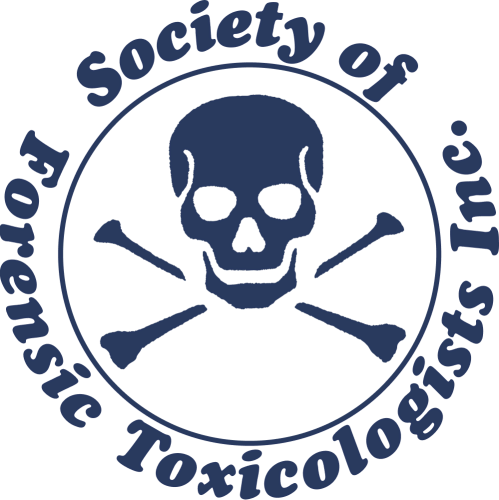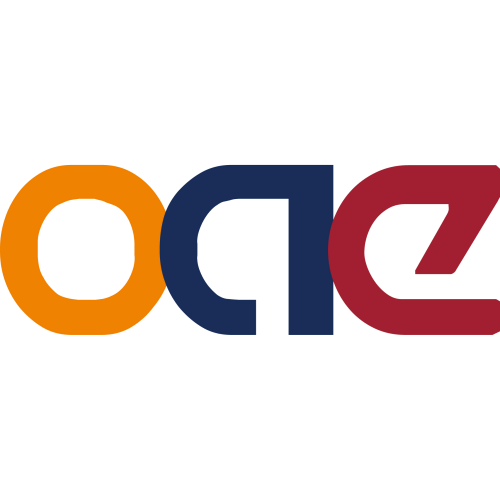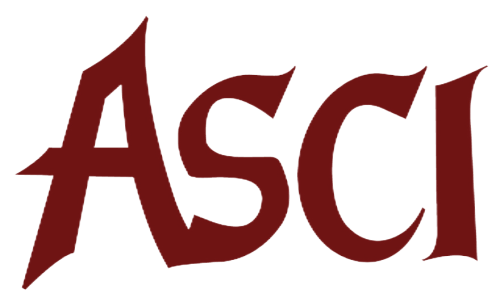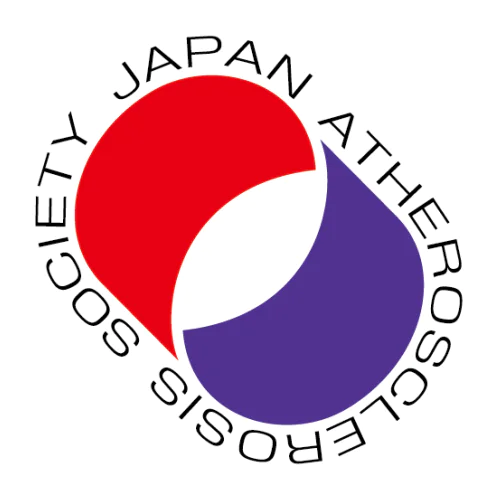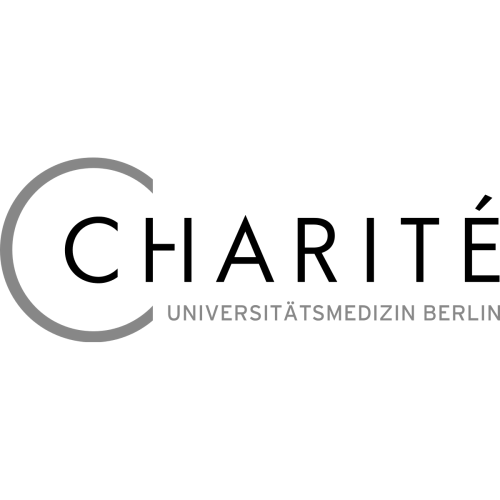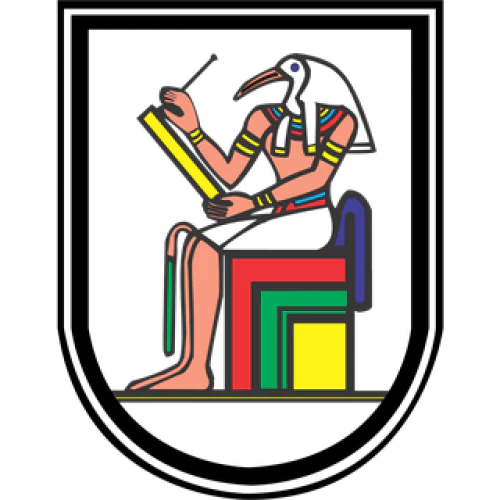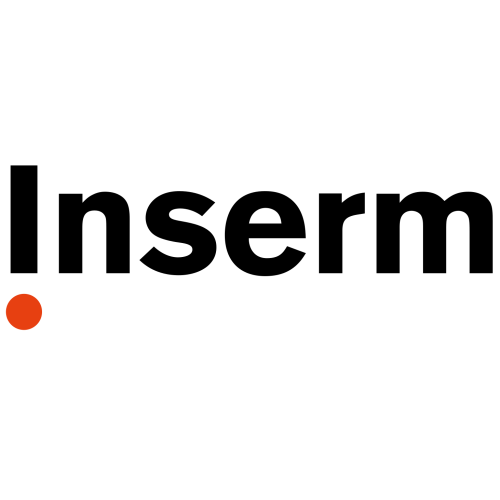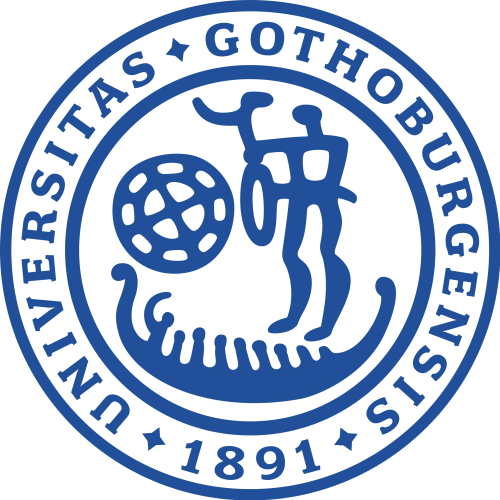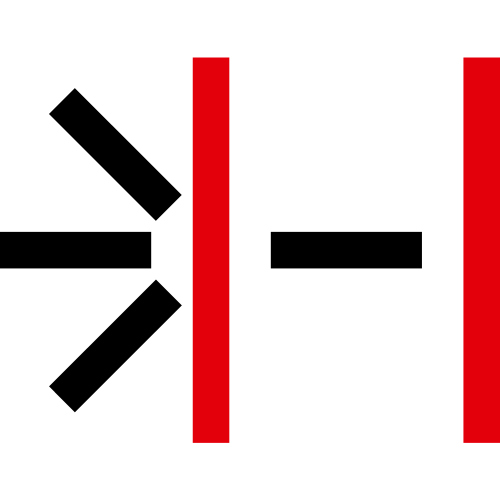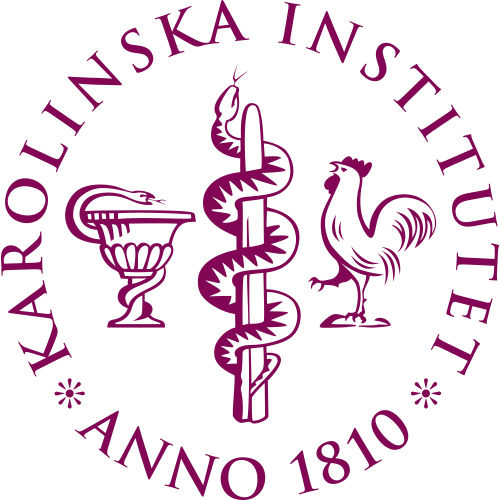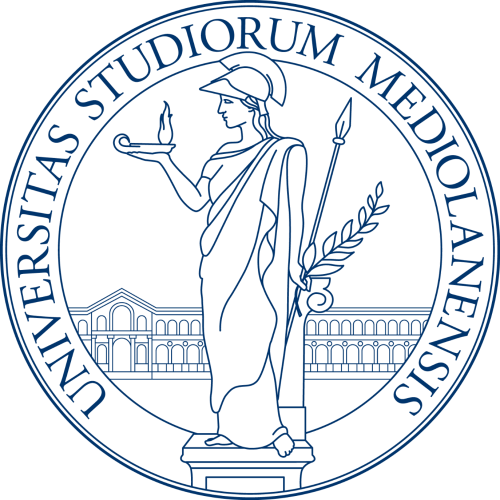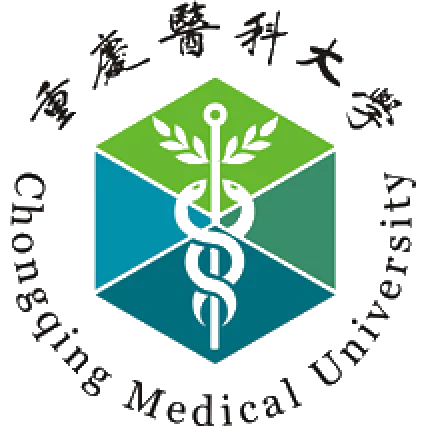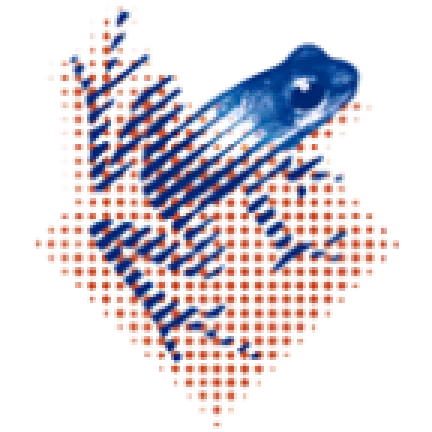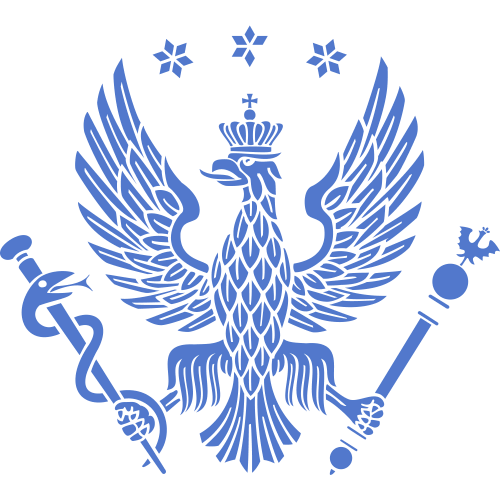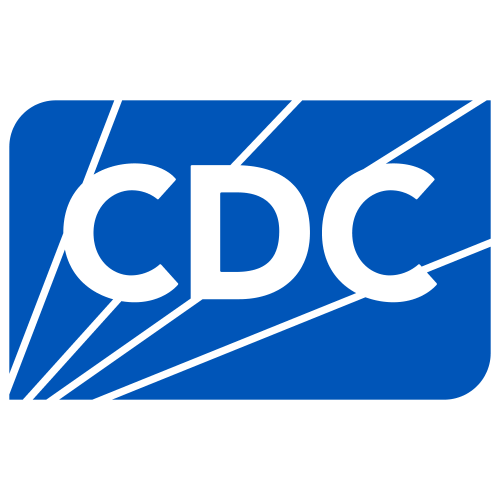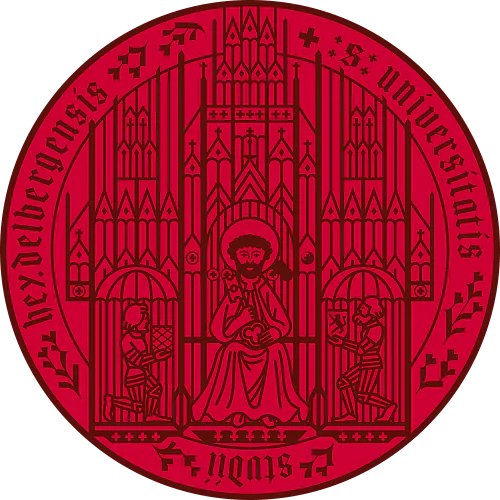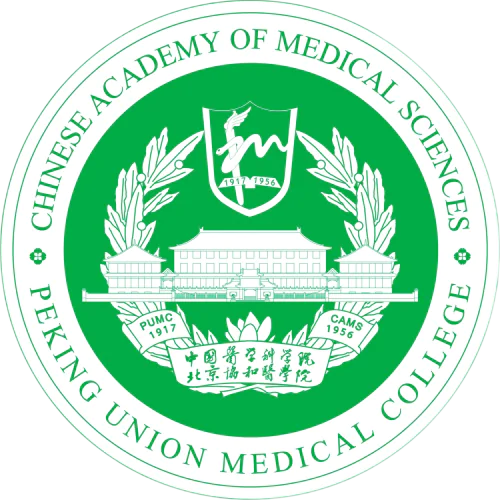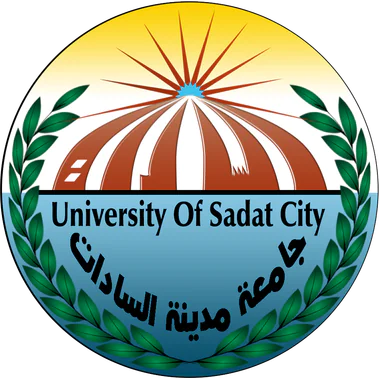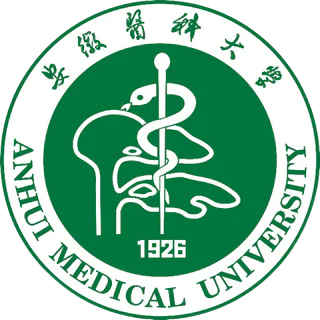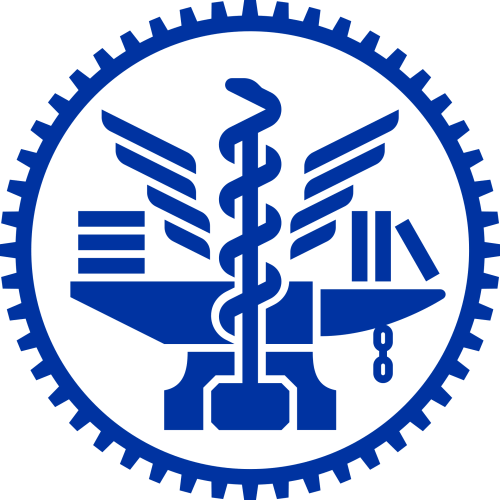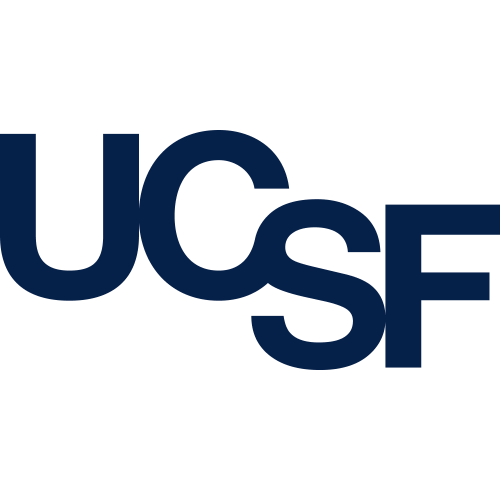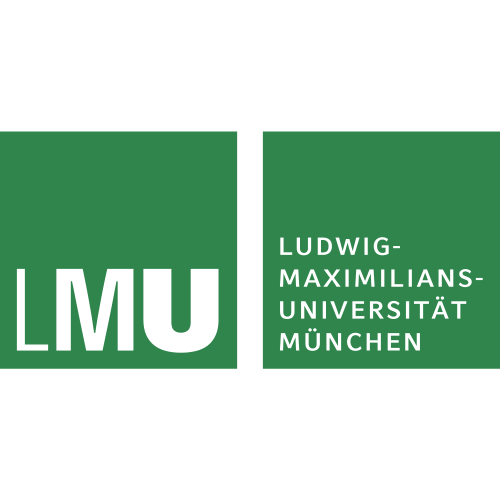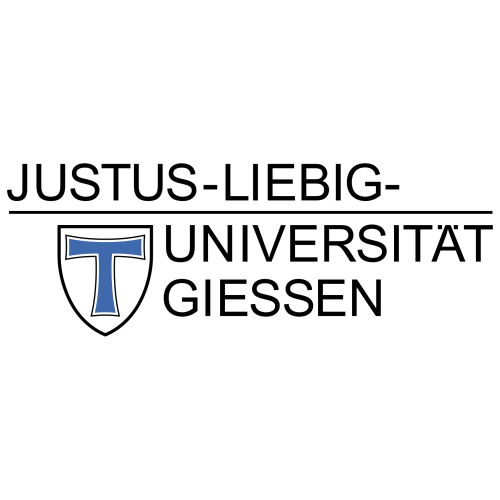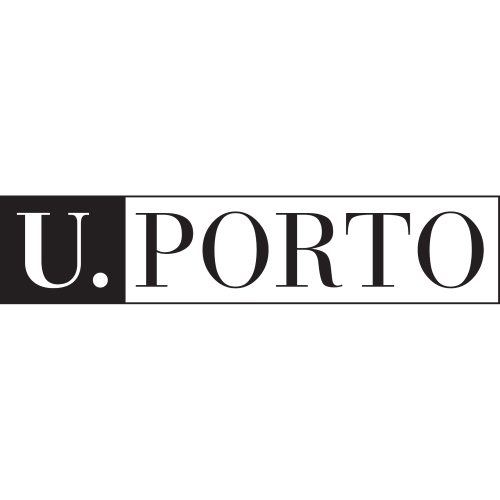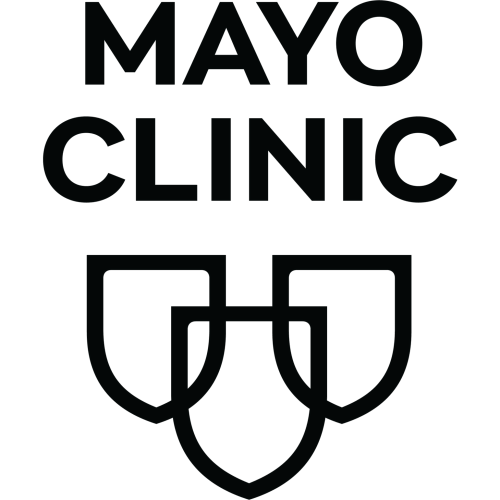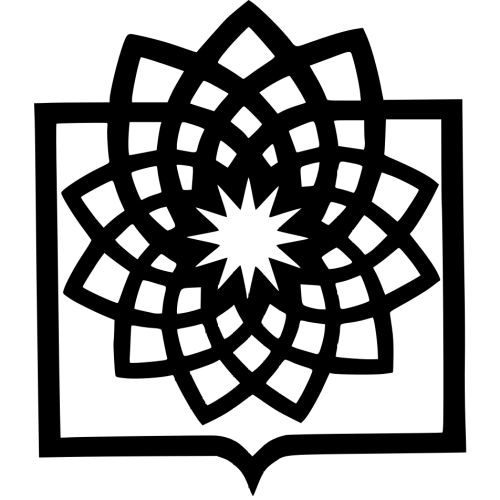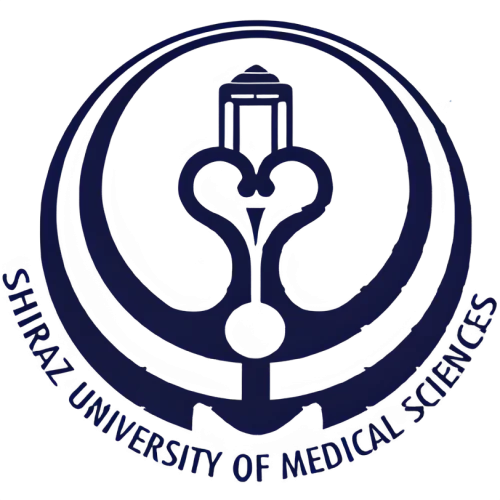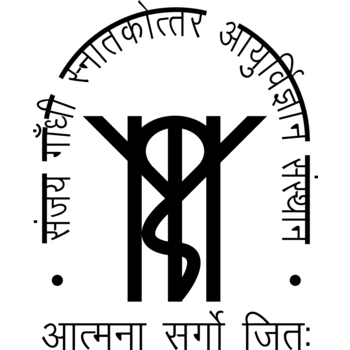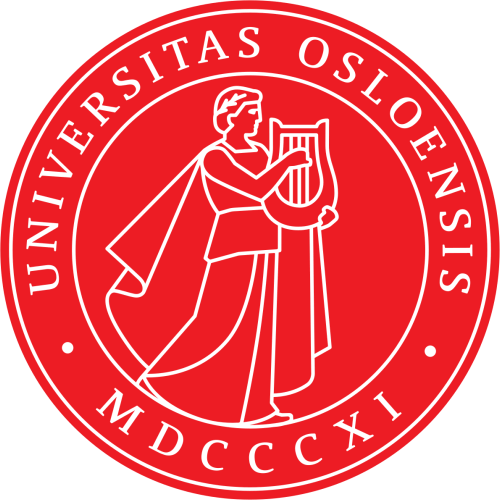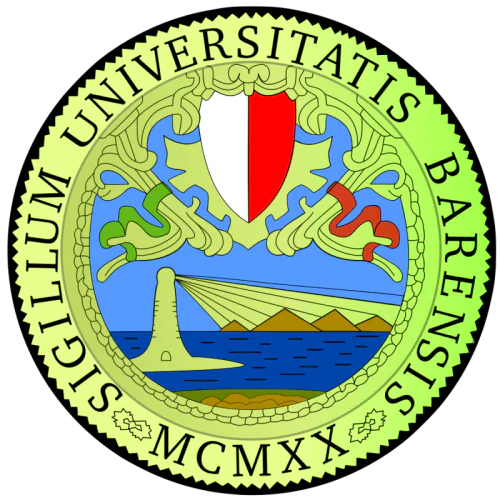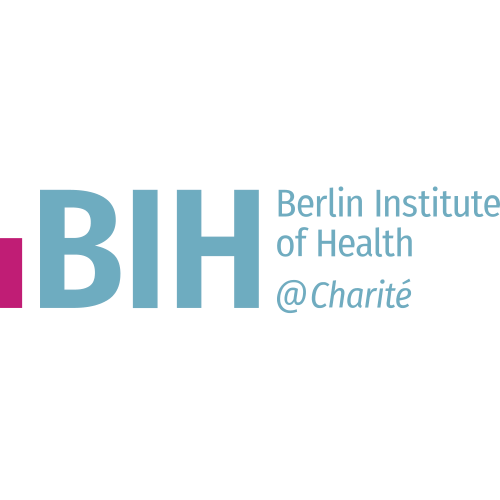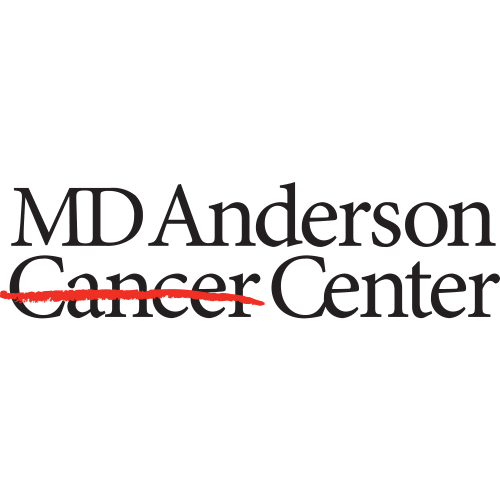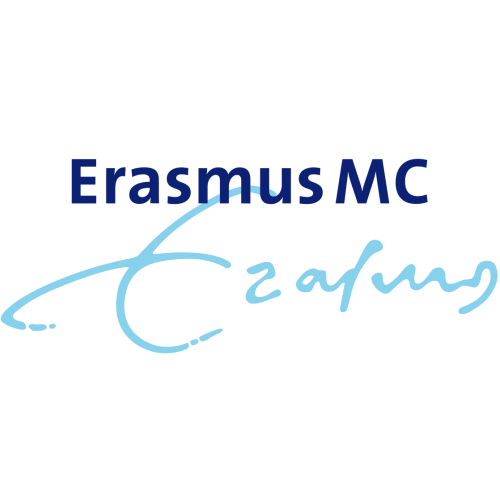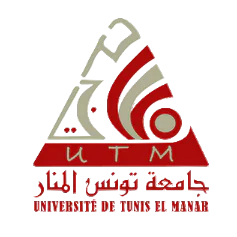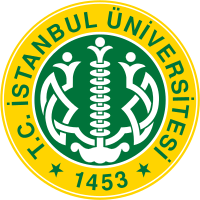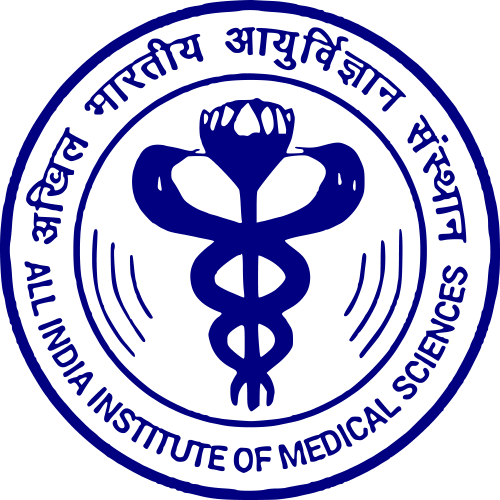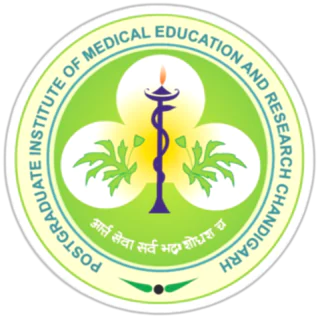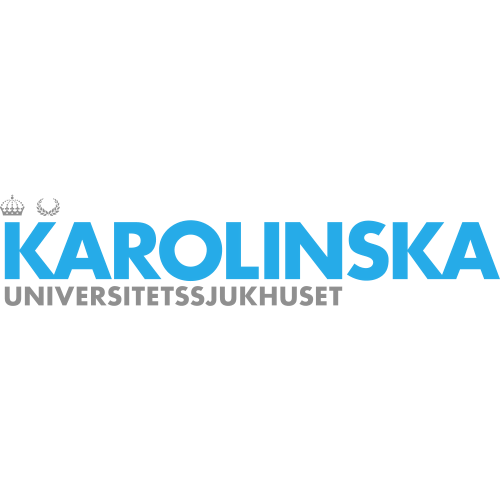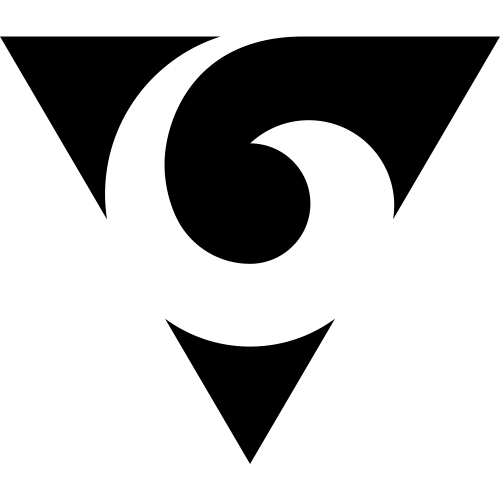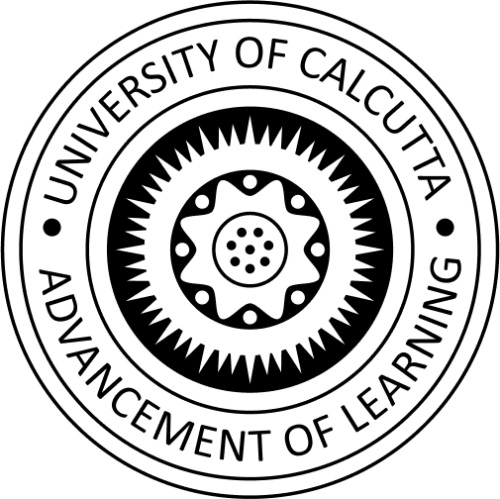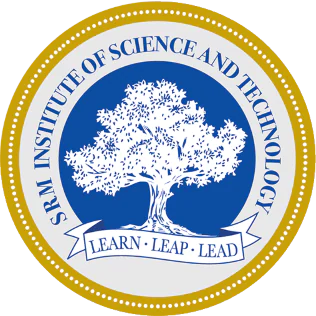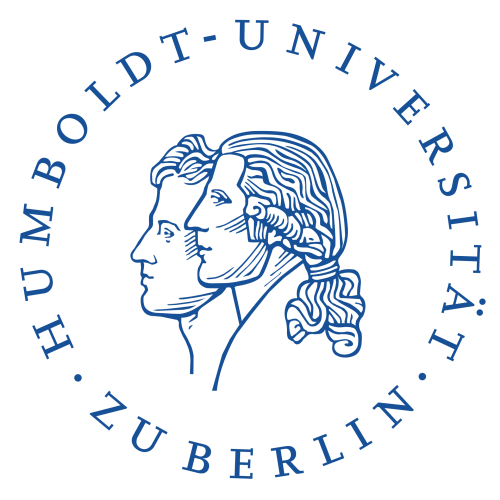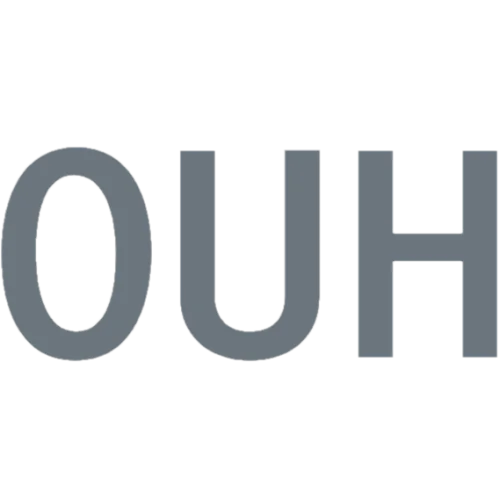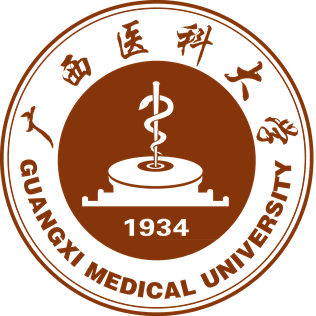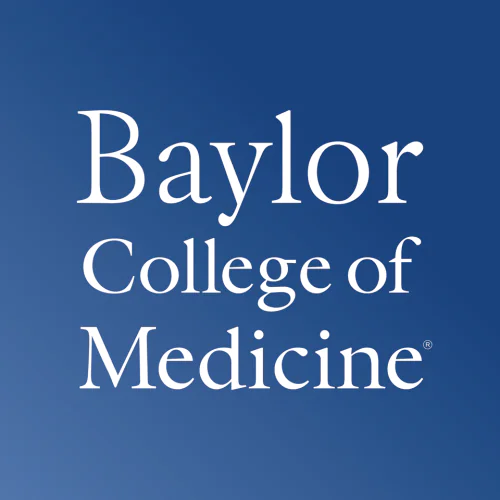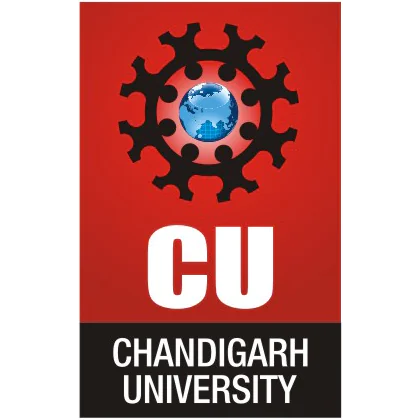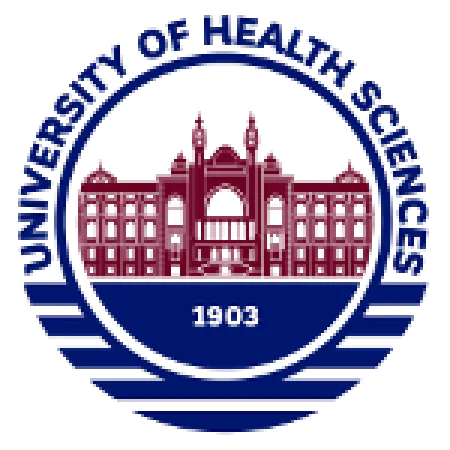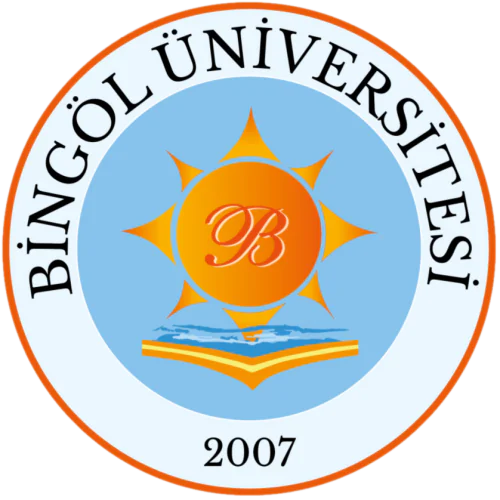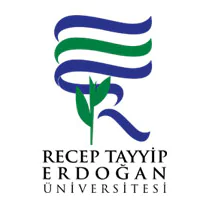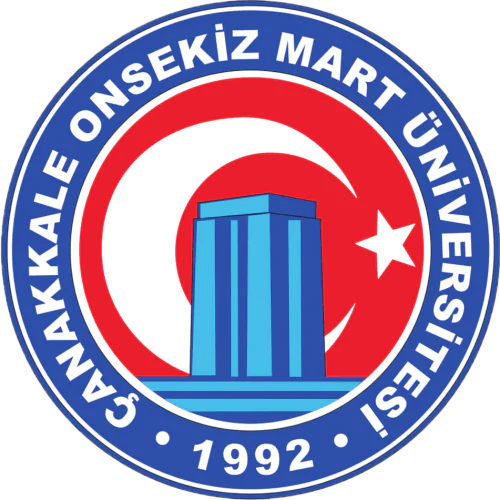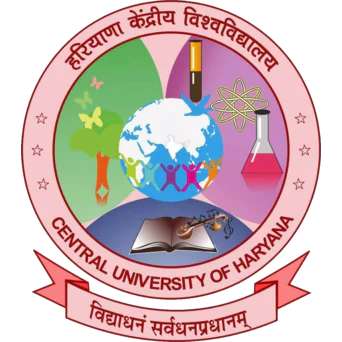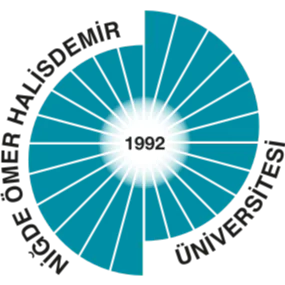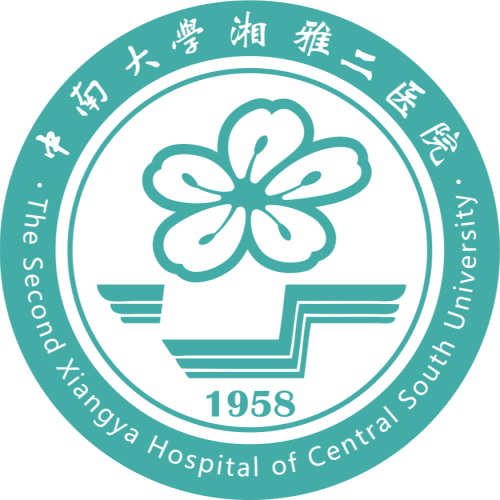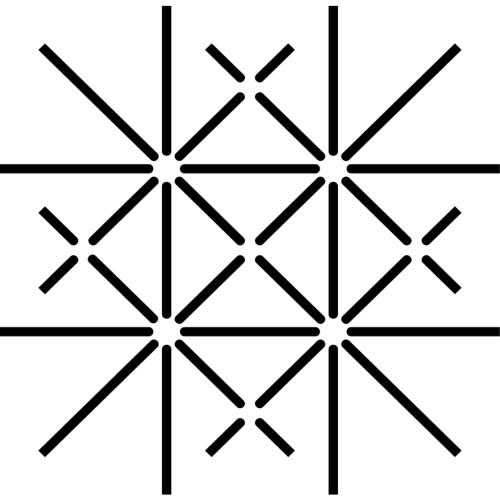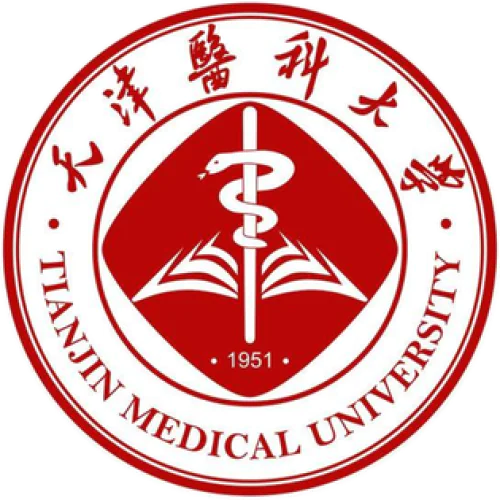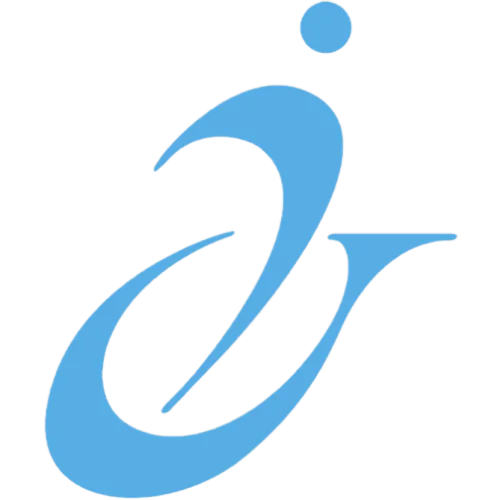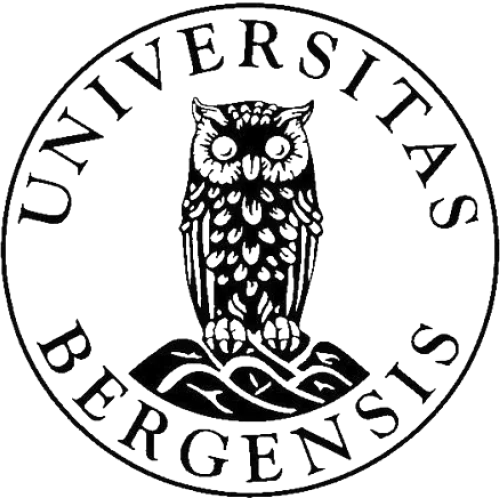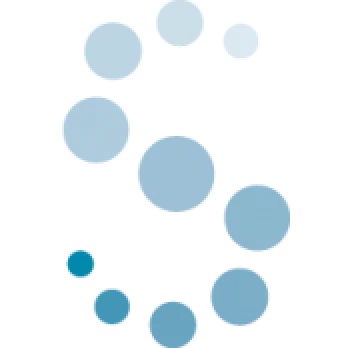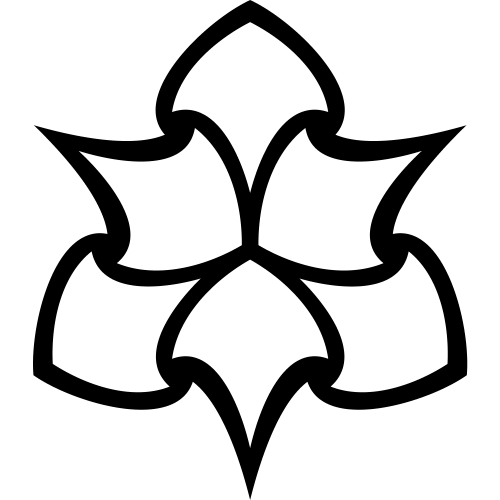Are you a researcher?
Create a profile to get free access to personal recommendations for colleagues and new articles.
SCImago
Q3
WOS
Q3
Impact factor
1.9
SJR
0.500
CiteScore
4.8
Categories
Medicine (miscellaneous)
Biochemistry
Clinical Biochemistry
Health, Toxicology and Mutagenesis
Areas
Biochemistry, Genetics and Molecular Biology
Environmental Science
Medicine
Years of issue
1996-2025
journal names
Biomarkers
Top-3 citing journals

Biomarkers
(695 citations)

International Journal of Molecular Sciences
(585 citations)

PLoS ONE
(535 citations)
Top-3 organizations
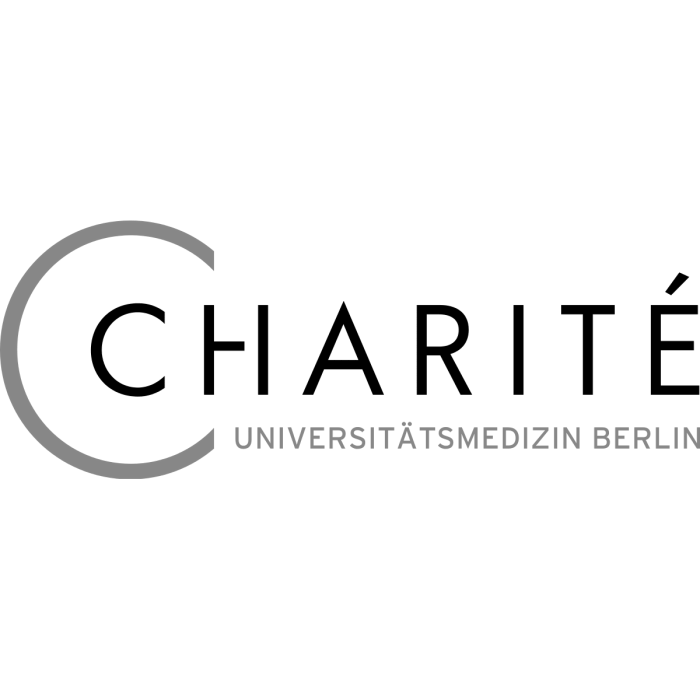
Charité - Universitätsmedizin Berlin
(27 publications)

National Research Centre
(22 publications)
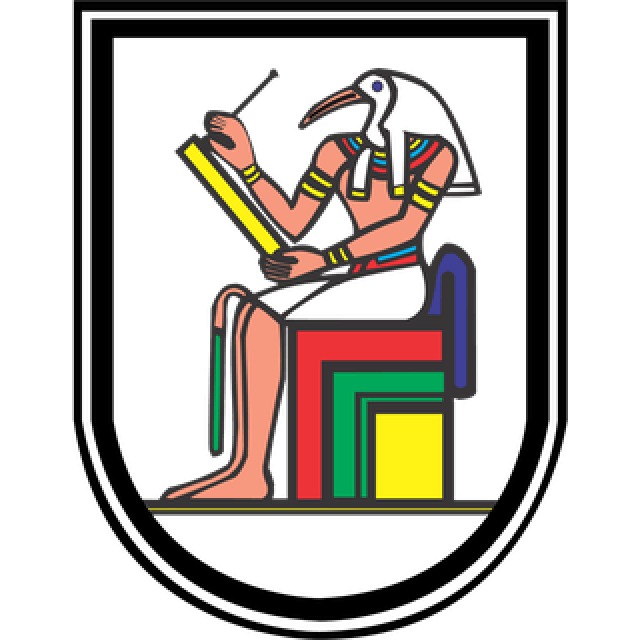
Cairo University
(19 publications)

National Research Centre
(16 publications)

Cairo University
(10 publications)

Ain Shams University
(8 publications)
Top-3 researchers by articles count
1 publication in journal

Takamura Toshinari
267 publications,
9 892 citations,
32 reviews
h-index: 51

Kanazawa University
1 publication in journal

Sanchez-Perez Leonor
39 publications,
547 citations
h-index: 15

Universidad Autónoma Metropolitana
Most cited in 5 years
Found
Nothing found, try to update filter.
Found
Nothing found, try to update filter.
Top-100
Citing journals
|
100
200
300
400
500
600
700
|
|
|
Biomarkers
695 citations, 1.79%
|
|
|
International Journal of Molecular Sciences
585 citations, 1.5%
|
|
|
PLoS ONE
535 citations, 1.38%
|
|
|
Scientific Reports
487 citations, 1.25%
|
|
|
Ecotoxicology and Environmental Safety
384 citations, 0.99%
|
|
|
Science of the Total Environment
361 citations, 0.93%
|
|
|
Environmental Science and Pollution Research
338 citations, 0.87%
|
|
|
Aquatic Toxicology
333 citations, 0.86%
|
|
|
Chemosphere
314 citations, 0.81%
|
|
|
Marine Pollution Bulletin
259 citations, 0.67%
|
|
|
Environmental Pollution
238 citations, 0.61%
|
|
|
Comparative Biochemistry and Physiology Part - C: Toxicology and Pharmacology
231 citations, 0.59%
|
|
|
Environmental Research
207 citations, 0.53%
|
|
|
Journal of Clinical Medicine
193 citations, 0.5%
|
|
|
Marine Environmental Research
189 citations, 0.49%
|
|
|
Environmental International
185 citations, 0.48%
|
|
|
Cancers
172 citations, 0.44%
|
|
|
Chemical Research in Toxicology
170 citations, 0.44%
|
|
|
International Journal of Environmental Research and Public Health
169 citations, 0.43%
|
|
|
Toxicology Letters
160 citations, 0.41%
|
|
|
Journal of Breath Research
155 citations, 0.4%
|
|
|
Ecotoxicology
152 citations, 0.39%
|
|
|
Clinica Chimica Acta
145 citations, 0.37%
|
|
|
Frontiers in Immunology
140 citations, 0.36%
|
|
|
Cancer Epidemiology Biomarkers and Prevention
140 citations, 0.36%
|
|

Journal of Chromatography B: Analytical Technologies in the Biomedical and Life Sciences
139 citations, 0.36%
|
|
|
Environmental Toxicology and Pharmacology
137 citations, 0.35%
|
|
|
Environmental Health Perspectives
136 citations, 0.35%
|
|
|
Oncotarget
133 citations, 0.34%
|
|
|
Journal of Proteome Research
123 citations, 0.32%
|
|
|
Analytical and Bioanalytical Chemistry
120 citations, 0.31%
|
|
|
Mutation Research - Genetic Toxicology and Environmental Mutagenesis
112 citations, 0.29%
|
|
|
International Journal of Hygiene and Environmental Health
109 citations, 0.28%
|
|
|
Frontiers in Oncology
109 citations, 0.28%
|
|
|
Environmental Toxicology and Chemistry
109 citations, 0.28%
|
|
|
Biomarkers in Medicine
109 citations, 0.28%
|
|
|
Antioxidants
109 citations, 0.28%
|
|
|
Medicine (United States)
106 citations, 0.27%
|
|
|
Molecules
102 citations, 0.26%
|
|
|
Toxicology
101 citations, 0.26%
|
|
|
BMC Cancer
100 citations, 0.26%
|
|
|
Metabolomics
100 citations, 0.26%
|
|
|
Tumor Biology
95 citations, 0.24%
|
|
|
BioMed Research International
95 citations, 0.24%
|
|
|
Environmental Science & Technology
95 citations, 0.24%
|
|
|
Archives of Toxicology
94 citations, 0.24%
|
|
|
Analytical Chemistry
92 citations, 0.24%
|
|
|
Clinical Biochemistry
90 citations, 0.23%
|
|
|
Nutrients
88 citations, 0.23%
|
|
|
Food and Chemical Toxicology
88 citations, 0.23%
|
|
|
Metabolites
88 citations, 0.23%
|
|
|
Oncology Letters
86 citations, 0.22%
|
|
|
Molecular Biology Reports
85 citations, 0.22%
|
|
|
Frontiers in Pharmacology
84 citations, 0.22%
|
|
|
Environmental Monitoring and Assessment
84 citations, 0.22%
|
|
|
International Archives of Occupational and Environmental Health
83 citations, 0.21%
|
|
|
Toxicology and Applied Pharmacology
83 citations, 0.21%
|
|
|
Cells
80 citations, 0.21%
|
|
|
Biological Trace Element Research
79 citations, 0.2%
|
|
|
Free Radical Biology and Medicine
79 citations, 0.2%
|
|
|
Archives of Environmental Contamination and Toxicology
78 citations, 0.2%
|
|
|
Biomedicines
78 citations, 0.2%
|
|
|
Toxicological Sciences
75 citations, 0.19%
|
|
|
Nicotine and Tobacco Research
74 citations, 0.19%
|
|
|
Biomolecules
74 citations, 0.19%
|
|
|
Chemico-Biological Interactions
74 citations, 0.19%
|
|
|
Mutation Research - Fundamental and Molecular Mechanisms of Mutagenesis
73 citations, 0.19%
|
|
|
Regulatory Toxicology and Pharmacology
72 citations, 0.19%
|
|
|
Oxidative Medicine and Cellular Longevity
72 citations, 0.19%
|
|
|
Biomedicine and Pharmacotherapy
72 citations, 0.19%
|
|
|
Toxics
69 citations, 0.18%
|
|
|
Diagnostics
68 citations, 0.17%
|
|
|
Disease Markers
66 citations, 0.17%
|
|
|
Journal of Toxicology and Environmental Health - Part A: Current Issues
66 citations, 0.17%
|
|
|
Journal of Applied Toxicology
65 citations, 0.17%
|
|
|
Frontiers in Cardiovascular Medicine
65 citations, 0.17%
|
|
|
Analytica Chimica Acta
64 citations, 0.16%
|
|
|
Frontiers in Physiology
63 citations, 0.16%
|
|
|
Ecological Indicators
62 citations, 0.16%
|
|
|
Frontiers in Endocrinology
62 citations, 0.16%
|
|
|
Environmental Toxicology
61 citations, 0.16%
|
|
|
International Journal of Cardiology
60 citations, 0.15%
|
|
|
Expert Review of Molecular Diagnostics
59 citations, 0.15%
|
|
|
Frontiers in Medicine
59 citations, 0.15%
|
|
|
World Journal of Gastroenterology
59 citations, 0.15%
|
|
|
Carcinogenesis
58 citations, 0.15%
|
|
|
Molecular Medicine Reports
58 citations, 0.15%
|
|
|
Osteoarthritis and Cartilage
58 citations, 0.15%
|
|
|
Clinical Chemistry and Laboratory Medicine
57 citations, 0.15%
|
|
|
Journal of Translational Medicine
57 citations, 0.15%
|
|
|
Environmental and Molecular Mutagenesis
57 citations, 0.15%
|
|
|
Cytokine
56 citations, 0.14%
|
|
|
Asian Pacific Journal of Cancer Prevention
56 citations, 0.14%
|
|
|
International Journal of Cancer
56 citations, 0.14%
|
|
|
Experimental and Therapeutic Medicine
56 citations, 0.14%
|
|
|
Heliyon
55 citations, 0.14%
|
|
|
Methods in Molecular Biology
54 citations, 0.14%
|
|
|
Journal of Exposure Science and Environmental Epidemiology
53 citations, 0.14%
|
|
|
Journal of Toxicology and Environmental Health - Part B: Critical Reviews
53 citations, 0.14%
|
|
|
Biochemical and Biophysical Research Communications
52 citations, 0.13%
|
|
|
100
200
300
400
500
600
700
|
|
Citing publishers
Publishing organizations
Publishing organizations in 5 years
Publishing countries
Publishing countries in 5 years
1 publication in journal

Takamura Toshinari
267 publications,
9 892 citations,
32 reviews
h-index: 51

Kanazawa University
1 publication in journal
Ilyukhin Evgeny
PhD in Health sciences
46 publications,
459 citations
h-index: 11
1 publication in journal

Sanchez-Perez Leonor
39 publications,
547 citations
h-index: 15

Universidad Autónoma Metropolitana
Data by ORCID
4 reviews in journal

SANJIV KUMAR
🥼 🤝
48 publications,
347 citations,
342 reviews
h-index: 12











